
PUMPA - SMART LEARNING
எங்கள் ஆசிரியர்களுடன் 1-ஆன்-1 ஆலோசனை நேரத்தைப் பெறுங்கள். டாப்பர் ஆவதற்கு நாங்கள் பயிற்சி அளிப்போம்
Book Free DemoNatural phenomena:
Anything that occurs in nature on its own without the involvement of human beings is called a natural phenomenon (natural disaster).
Example:
Earthquakes, volcanic eruptions, wind, storms, cyclones, thunderstorms and lightning.
Some natural phenomena like earthquakes, lightning and cyclones can be highly destructive to human beings. However, we can protect ourselves from these kind of natural disasters.
| cyclone | 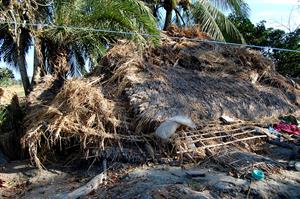 |
| Earthquake | 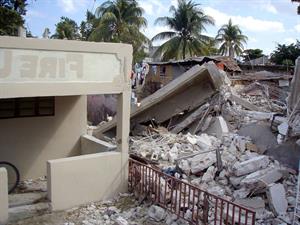 |
| Lightning | 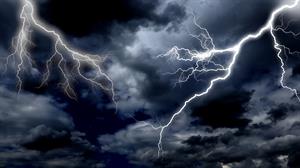 |
Lightning:
- Lightning is an electric discharge or electric spark caused by the imbalance between the clouds and the ground. It is due to the accumulation of charges in the cloud.
- Lightning may destroy human life and property.
- In ancient times, people were unaware of the cause of lightning, and hence they were scared of it, and they thought that the wrath of gods were visiting them.
- As of now, scientists have developed some precautions that can help us prepare and protect ourselves from lightning.
Greeks' idea about sparks:
- The Greeks were aware of the electric charges from 600 BC. They found that when amber (a type of resin) and fur are rubbed together, amber attracts light objects like hair.
- Likewise, polyester clothes or woollen clothes also attract lighter objects like hair and can produce a spark or crackling noise when taken off from the human body. This spark or crackling noise is due to motion of electric charges.
- Benjamin Franklin, an American scientist, showed that the lightning and spark from our clothes are due to the same phenomena in the year 1752. We took 200 years to realize both are the same.
Charging by rubbing:
- When we rub two objects together, they get charged due to the transfer of electrons between them. This transfer makes one object as positively charged and the other negatively charged.
- This transfer of charges is the reason when a plastic refill is rubbed with polythene, it acquires a small electric charge. These objects are called charged objects.
- This phenomenon can be found in many materials such as balloons, erasers and steel spoons.
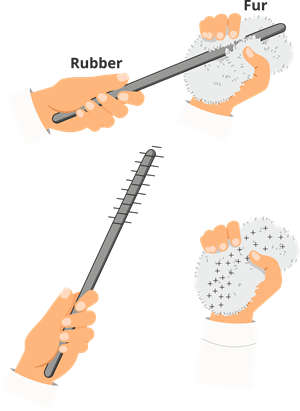
Charge by rubbing
Types of charges:
- We have learnt when two objects are rubbed together, they get charged due to the transfer of electrons. This transfer creates an excess of electrons in one object and the deficiency of electrons in another.
- Objects with an excess of electrons are called negatively charges, while those with fewer electrons are called positively charged.
- When a glass rod is rubbed with a silk cloth, transfer of electrons will take place between them. Silk acquires few electrons; thus, it becomes negatively charged, whereas glass loses few electrons and becomes a positively charged body.
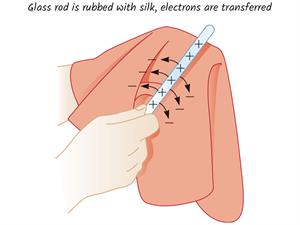
Transfer of electrons
Properties of charges:
- Like charges repel each other.
- Unlike charges attract each other.
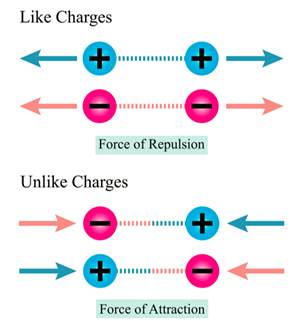
Properties of charges
The generation of electric charges by rubbing are static in nature; they do not move by themselves. When the charges move, they constitute an electric current.
Reference:
http://www.ipodphysics.com/forces-field-create-a-charge.php
https://pixnio.com/miscellaneous/junkyards-pictures/cyclone-sidr-aftermath
https://pixnio.com/events-happenings/devastating-structural-damage-inflicted-upon-earthquake
https://pixabay.com/illustrations/lightning-sky-cloudy-thunderstorm-5636948/